Frequently Asked Questions
1. What is the historical significance of knives?
2. When were the first knives created?
3. How did metallurgy influence knife making?
4. What are some modern knife types available today?
5. What role do cultural differences play in knife design?
Knives have long held a fundamental role in human history, serving as essential tools for survival, preparation, and craftsmanship. From their primitive beginnings to the intricate chef knives & sets we see today, the journey of knives embodies mankind’s innovation and adaptation. In this article, we will dive into the rich history of knives, exploring their transformation from basic tools to modern masterpieces.
Origins of Knives
The origins of knives can be traced back to prehistoric times, around 2.6 million years ago. Early humans crafted simple cutting tools from stones, primarily flint, obsidian, and other durable materials. These rudimentary implements were vital for hunting and gathering, essential for survival in a harsh world.
The Stone Age: The First Cut
During the Stone Age, early man utilized rocks and stones for various daily tasks. The first knives were made by chipping away pieces of flint to create sharp edges. These tools were primarily used for:
- Butchering animals
- Harvesting plants
- Defending against predators
As humans evolved, so did their tools. The introduction of more advanced techniques like knapping allowed for better knife shapes and more durability, paving the way for the knife designs of the future.
Metal Knives: Advancements in Craftsmanship
By around 3000 BC, the invention of metallurgy began to revolutionize knife making. Copper, bronze, and eventually iron became the preferred materials for crafting knives, enhancing their strength and functionality. With these new materials, artisans not only improved the edge of knives but also began to experiment with shapes and sizes, emphasizing both practicality and design.
The Bronze Age and Its Influence
During the Bronze Age (approximately 3300 BC to 1200 BC), knives began to take on more specialized forms. The introduction of bronze allowed for sharper blades and more intricate hilt designs. This period marked the rise of knives used in various fields, including:
- Culinary practices
- Farming and agriculture
- Warfare and hunting
Knives evolved into objects of art with artistic engravings and decorative handles crafted from materials such as bone, ivory, and wood, showcasing the unique styles of different cultures.
The Rise of Culinary Knives in Ancient Civilizations
As societies advanced, so too did the culinary arts. Ancient civilizations recognized the importance of knives not only as tools but also as symbols of power and sophistication. The Egyptians, Greeks, and Romans each had their unique knives, specifically designed for culinary applications.
The Egyptian Knives
The ancient Egyptians were among the first to produce specialized kitchen knives made from bronze. These knives featured ornate handles and were predominantly used in preparing food for religious ceremonies. Cooking became a valued art form, accented by dedicated knives for preparation, showcasing a significant evolution in the culinary knife's purpose.
The Greeks and Romans
The Greeks and Romans further advanced the craftsmanship of chef knives & sets. They developed a variety of knife types, including:
- Rectangular knives for chopping
- Curved knives for slicing
- Fancier daggers for ceremonial use
In Rome, gourmet cooking was highly esteemed, leading to the development of more refined knives used by chefs to create lavish dishes for the elite. Their design integrated both functionality and style, embodying the fusion of art and utility.
The Middle Ages: The Knives of Trade and Warfare
The Middle Ages saw a significant shift in knife design due to an increase in trade and the burgeoning skills of blacksmiths across Europe. Knives held dual purposes and became essential items for both everyday citizens and knights alike.
Everyday Use in Peasantry
For the average person, knives became indispensable tools in farming and daily life. They were often used for:
- Food preparation
- Self-defense
- Household tasks
Many people traveled with folding knives, which were compact and versatile, providing reliable functionality for a range of activities.
The Evolution of the Chef Knife
During this period, chef knives began to evolve. The introduction of pointed blades allowed for greater precision while working in the kitchen. Referred to as the "butter knife," the now-traditional styles of knives continued to develop, focusing on maximizing efficiency in cooking.
The Age of Enlightenment: Fine Craftsmanship
The Age of Enlightenment brought about a resurgence in the arts, and knives became increasingly regarded as status symbols signifying refinement. In this era, blades become more sophisticated, with intricate designs that displayed a knife owner's wealth.
Stainless Steel Innovation
In 1913, the invention of stainless steel further improved knife quality, allowing knives to be durable and resistant to rust. This period marked a significant turning point not only for chef knives & sets but for all types of knife-making.
Modern Knife-Making Techniques
Today’s knife-making techniques are a blend of traditional craftsmanship and modern technology. Artisan knife makers still employ techniques passed down through generations, while innovations in materials and manufacturing processes drive the industry forward.
High-Carbon Steel vs. Stainless Steel
The debate between high-carbon and stainless steel knives continues among chefs and culinary enthusiasts. High-carbon steel offers superior edge retention and sharpness, while stainless steel provides ease of maintenance and durability.
Innovative Designs
Modern chefs have access to a wide variety of chef knives & sets that include:
- Gyuto knives for versatile slicing and chopping
- Santoku knives for efficient cutting
- Paring knives for intricate tasks
Innovators in knife design focus not only on functionality but also on ergonomics and aesthetics, ensuring that each knife is not only a tool but also a beautifully crafted piece of art.
The Role of Knives in Global Culture
Throughout history, knives have served as cultural markers, adapting to reflect diverse traditions and cuisines around the globe. Each culture has contributed its own unique nuances to knife design and usage, resulting in distinct culinary styles.
Japanese Knives: The Pinnacle of Precision
Japanese knives are revered worldwide for their craftsmanship and precision. Made using a unique combination of traditional methods and high-quality materials, they are often hand-forged, resulting in blades that are exceptionally sharp and durable. These knives hold cultural significance, reflecting centuries of culinary practice in Japan.
Other Cultural Contributions
From the delicate paring knives of French pastry chefs to the robust knives used in American BBQ kitchens, every culture has adapted knife-making to serve their culinary needs. The variety in designs showcases the global influence of knives, emphasizing the importance of these tools in every kitchen.
The Future: Blades Beyond the Kitchen
The evolving landscape of knife manufacturing is also marked by advancements in technology. Emerging designs focus not just on knives for culinary use but also on multifaceted knives used in various fields like hunting, survival, and even in technological applications.
Smart Knives and Innovations
Some innovators are beginning to incorporate smart technology into knife design, offering features such as adjustable blades, built-in scales for precision measurement, and even sensors that can analyze food quality. Such innovations promise to revolutionize how we view knives in both domestic and professional kitchens.
A Sustainable Future
The demand for sustainable practices is becoming prevalent in the knife industry. Many manufacturers are seeking eco-friendly materials and processes, leading to the development of knives crafted with sustainable wood or recycled materials, making knife ownership feasible for a greener planet.
Embarking on Your Own Knife Journey
Understanding the history of knives enriches the experience of using these tools and encourages appreciation for quality craftsmanship. Whether you're a seasoned chef or a home cook, investing in a good set of chef knives & sets can significantly improve your culinary game.
In the quest to find the perfect knife, consider what style, material, and design resonate with you. With a rich history guiding your choices, you'll become not just a cook but a custodian of culinary tradition, forging your path with every slice.
So, whether you're performing delicate cuts, vibrant chopping, or just experimenting with flavors, remember; you are not just using a tool – you are holding a piece of human history in your hands. The legacy of knives continues, and your connection to it can be celebrated with every meal you create.
Check out another user's Shopify or Wix store by clicking this store link. Note that this is a promotional link, and we assume no liability for the content of the linked store.









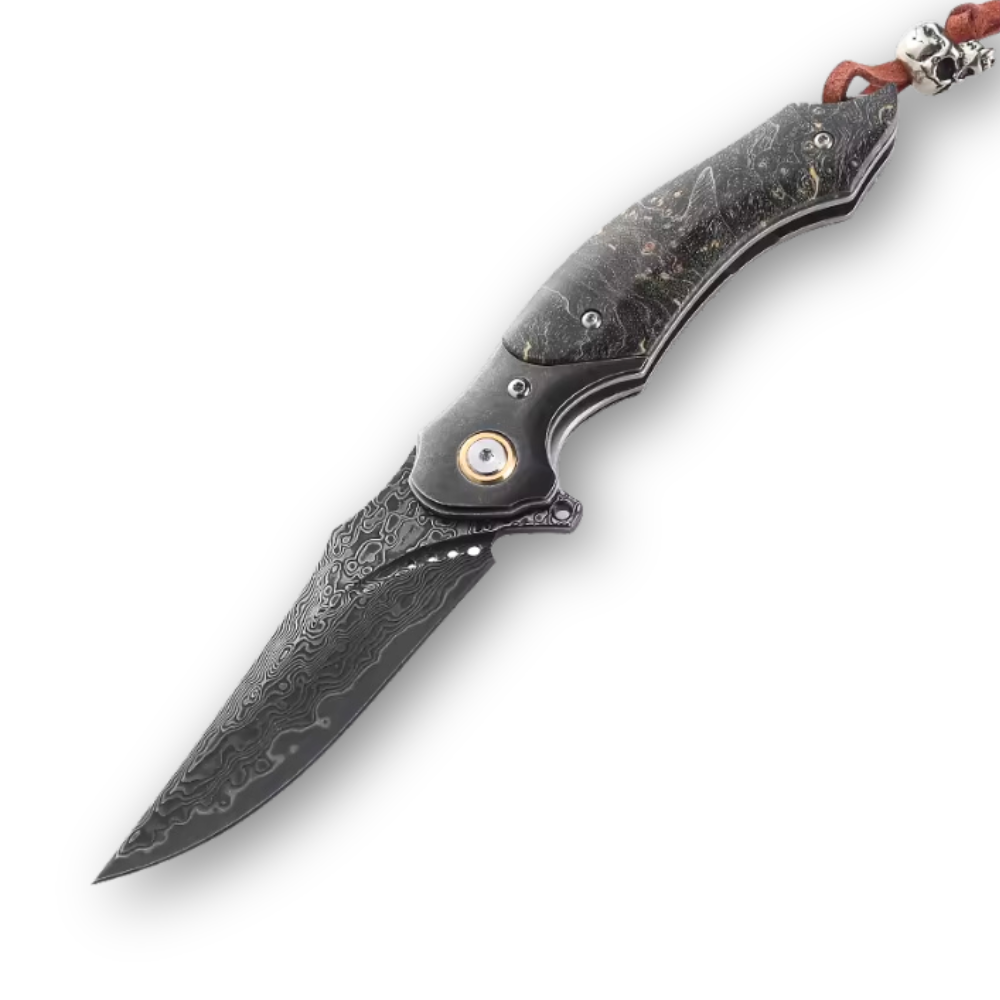










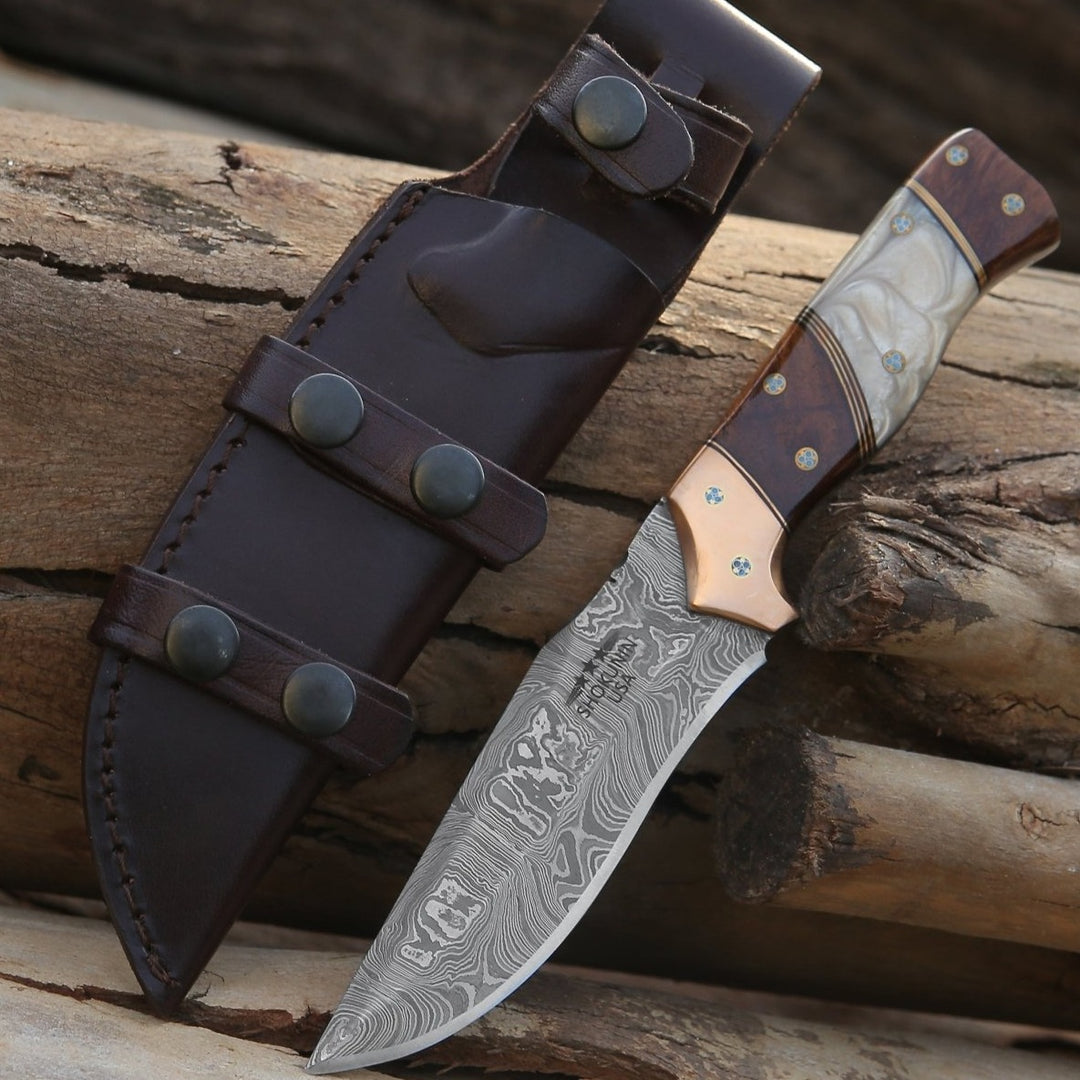
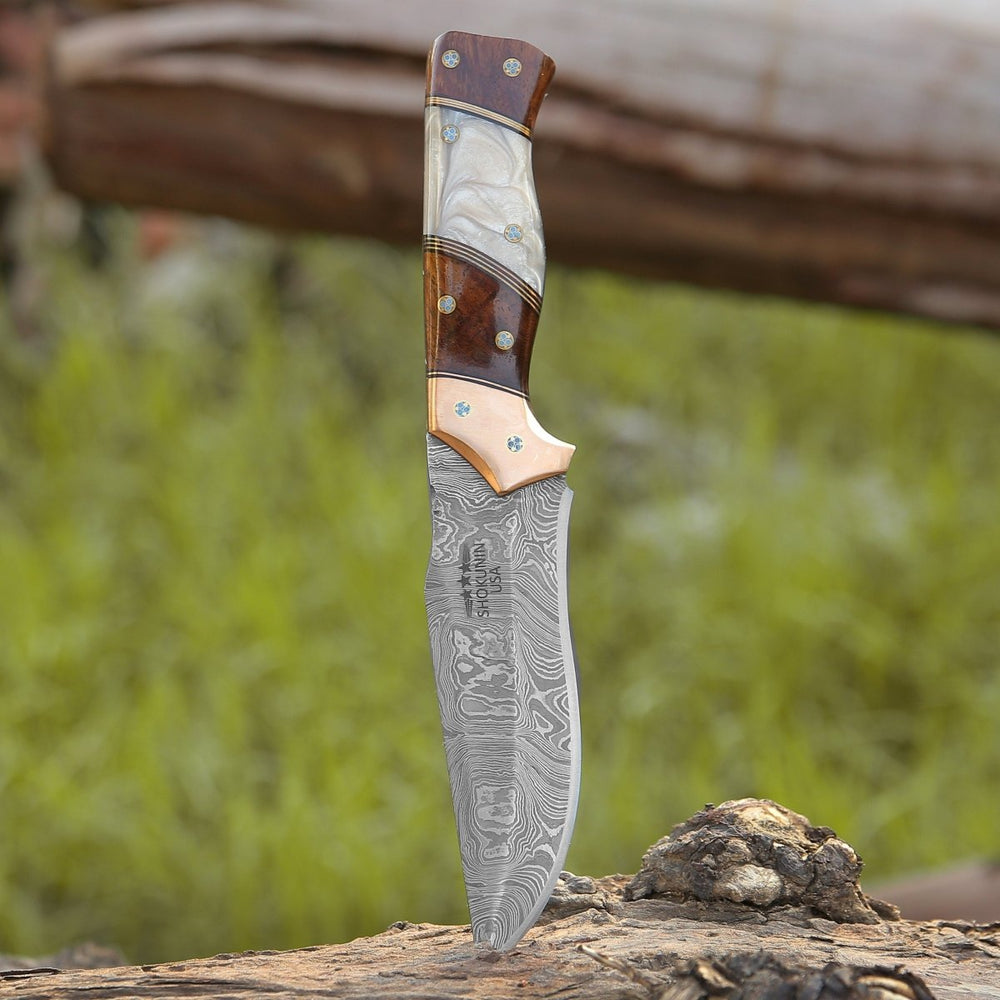


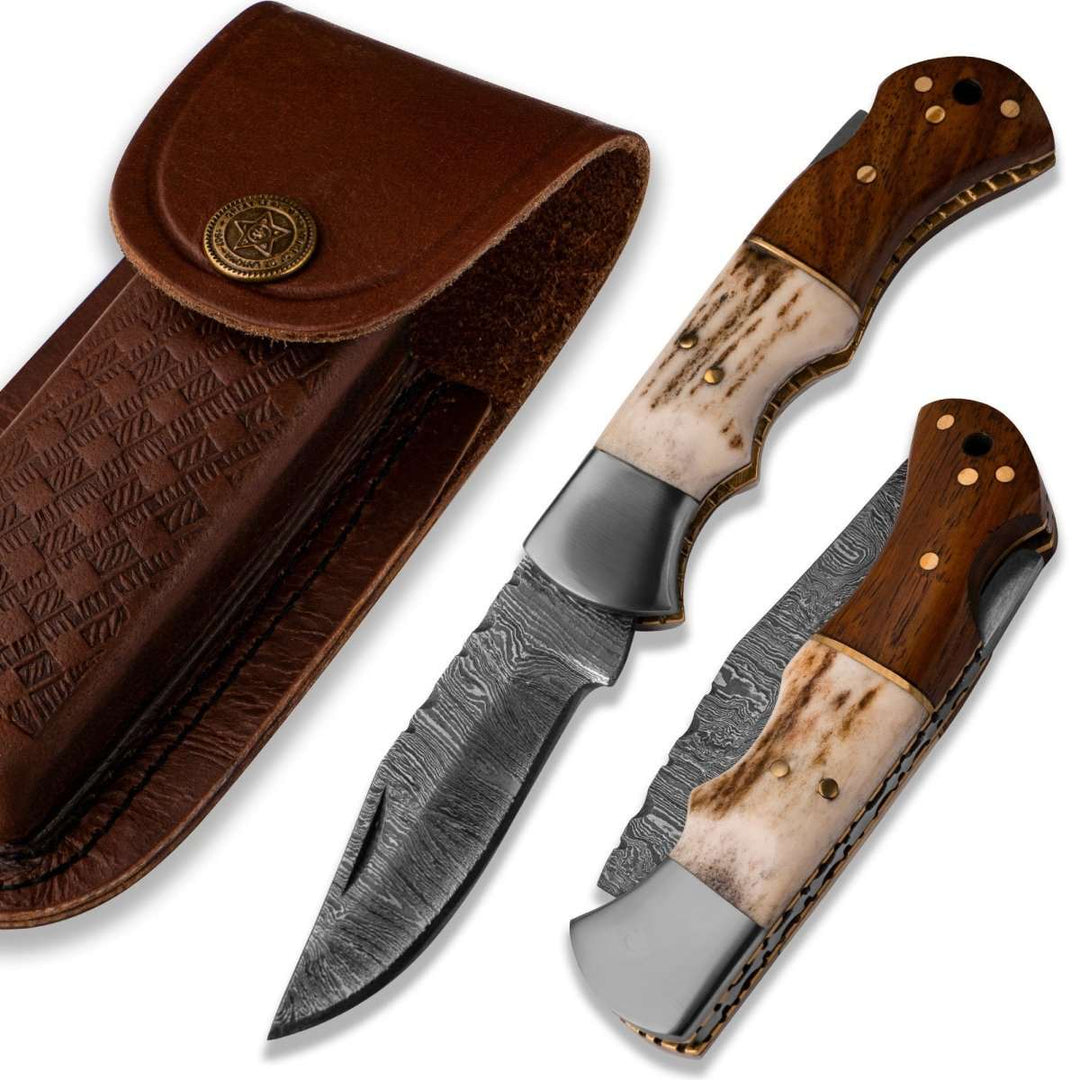
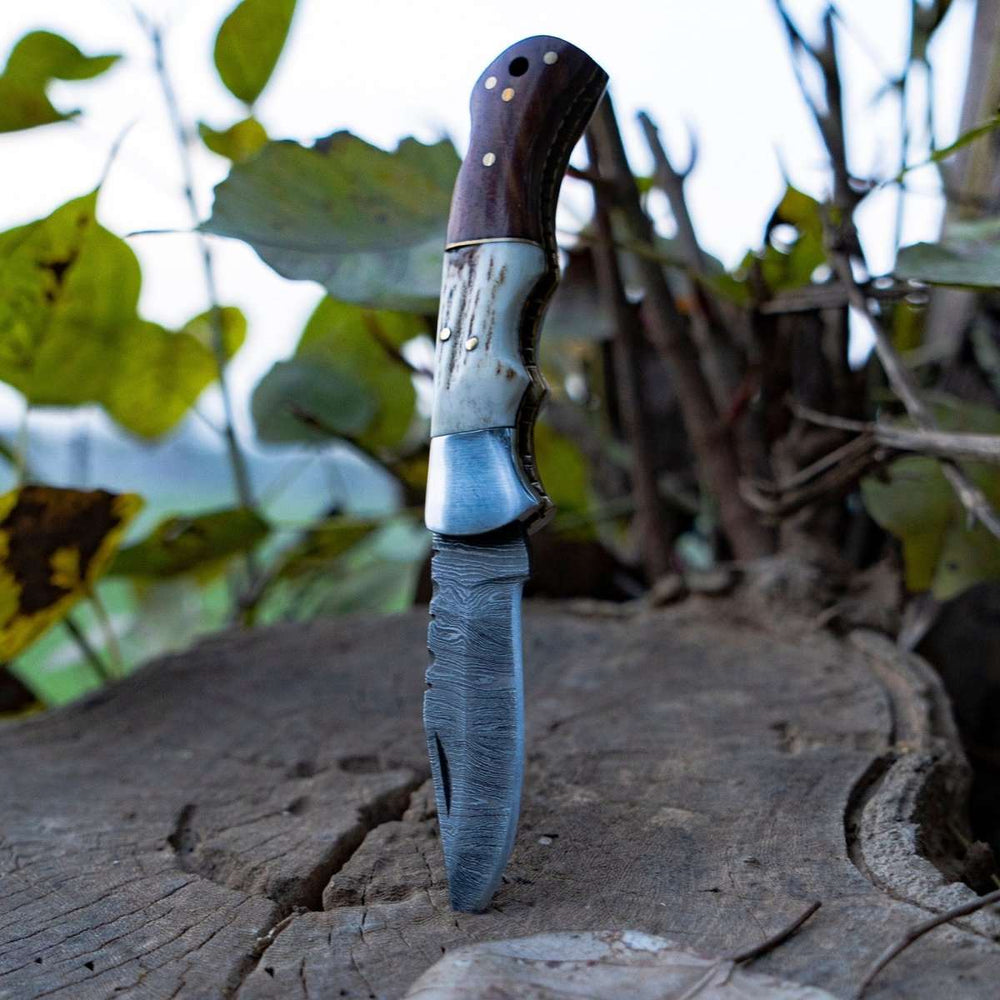




Dejar un comentario